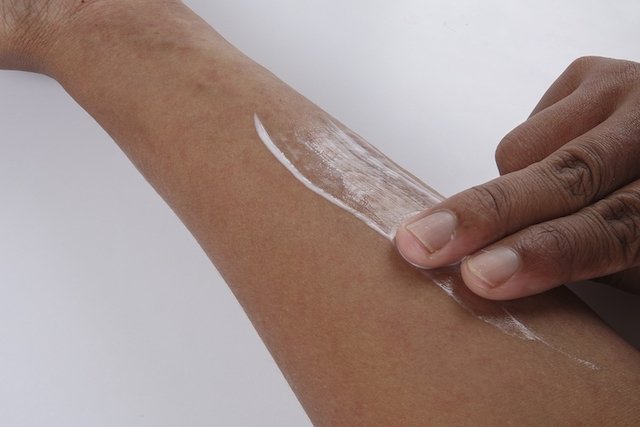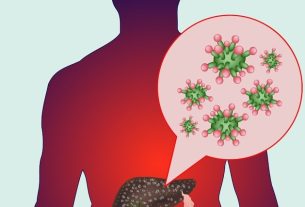Ringworm is a fungal infection and, therefore, the best form of treatment is the use of an antifungal medication, such as Miconazole, Itraconazole or Fluconazole, for example.
Depending on the affected location, the form of presentation may vary between pill, cream, spray, lotion, ointment, nail polish or shampoo, as well as the treatment time, which is generally longer for cases of nail mycosis, which has an average duration of 6 months.

Thus, the main treatment options include:
1. Ringworm of the skin
The main options for treating skin mycoses are creams, soaps, ointments and solutions that contain active ingredients such as selenium sulfide, Miconazole, Imidazole, Clotrimazole, Fluconazole, Ketoconazole, for example, used for about 1 to 4 weeks, depending on with each case. These principles can also be found in the form of shampoos, which are normally used to treat ringworm on the scalp. Find out more about this type of mycosis and check out examples of shampoos.
When topical options are not possible, or when there is no improvement in the infection, the dermatologist may recommend the use of tablets, based on Ketoconazole, Itraconazole, Fluconazole or Terbinafine, which should be used between 3 and 7 days to combat the fungi since inside.
The choice of the best medicine should always be made by a dermatologist and, therefore, whenever ringworm is suspected, it is important to go for a consultation before using any medication. Check out more details about the remedies used to treat ringworm and how to use them.
2. Mycosis of the nail
Nail mycosis is generally treated with the use of an anti-fungal nail polish based on amorolfine, under medical supervision, requiring 1 to 2 applications per week on the affected nail. Generally, this treatment lasts between 6 months and 1 year.
When there is a serious infection, or when the nails are very affected, it may be necessary to use tablet medications, such as Fluconazole, Itraconazole or Terbinafine, for several weeks to months. This type of treatment must be accompanied by visits to the doctor, as medications can cause side effects, such as damage to liver function.
Another option is laser treatment, called photodynamic therapy, in which weekly sessions are needed for 1 to 3 months to eliminate the fungus and promote nail growth. See more details on this and other treatments for nail fungus.
How to accelerate treatment results
Some daily habits that can both prevent and help fight ringworm more quickly:
- Dry your skin well after bathingmainly on the feet, between the fingers and in the folds of the body;
- Avoid spending too much time in wet clothesafter bathing at the beach or swimming pool;
- Prefer to wear light and airy clothespreferably cotton;
- Do not share clothes, shoes or objects that can transmit fungisuch as hairbrush, socks and nail pliers, with other people;
- Avoid walking barefoot in public placesespecially if they are humid, such as saunas, beaches and public bathrooms;
- Avoid scratching the areas with ringworm to prevent the spread of the disease to other parts of the body.
Natural remedy options exist and can be used as a complement to treatment, not replacing treatment advised by a doctor, and some options may include cloves, sage essential oil and garlic, for example. Check out some options and recipes for home remedies for ringworm.

Sign up for our newsletter and stay up to date with exclusive news
that can transform your routine!
Warning: Undefined array key "title" in /home/storelat/public_html/wp-content/plugins/link-whisper-premium/templates/frontend/related-posts.php on line 12
Warning: Undefined array key "title_tag" in /home/storelat/public_html/wp-content/plugins/link-whisper-premium/templates/frontend/related-posts.php on line 13



